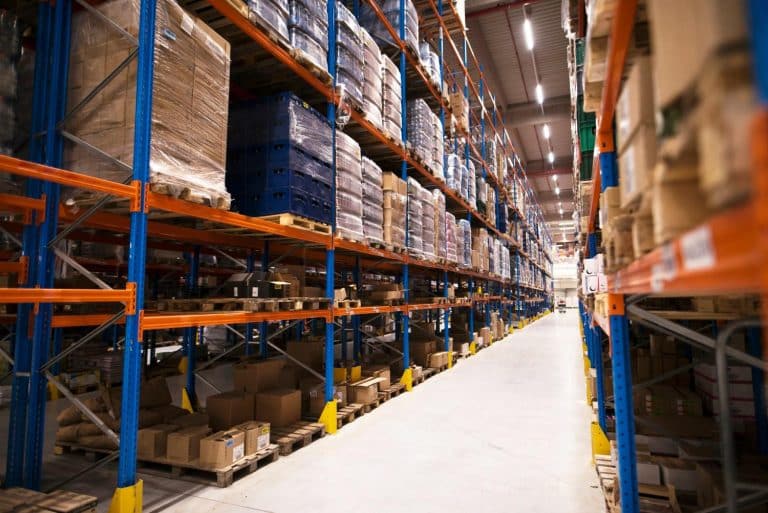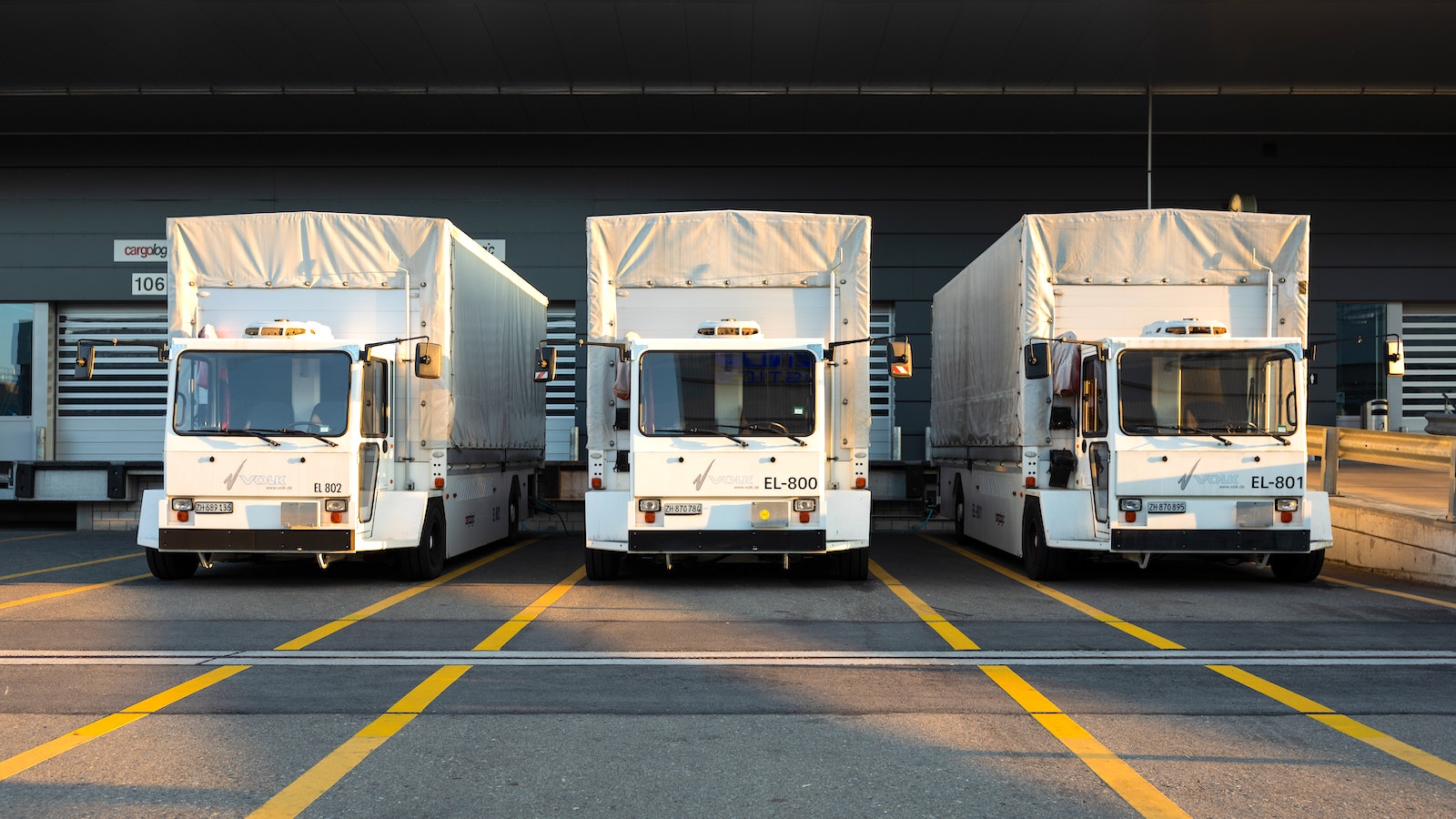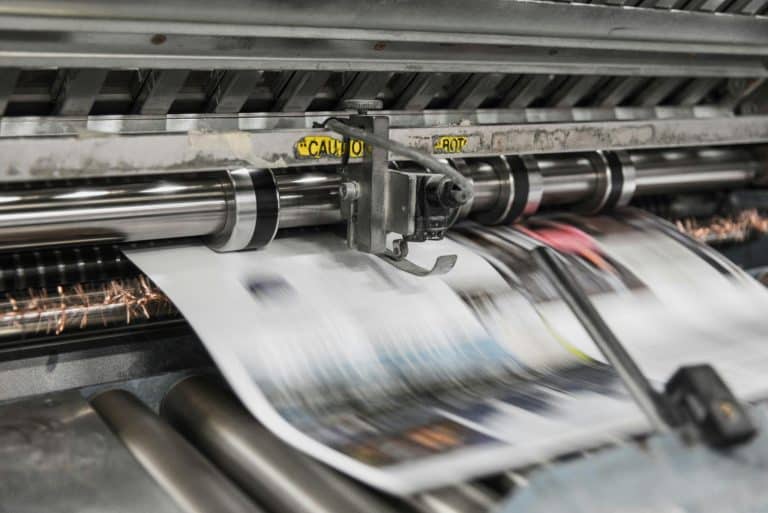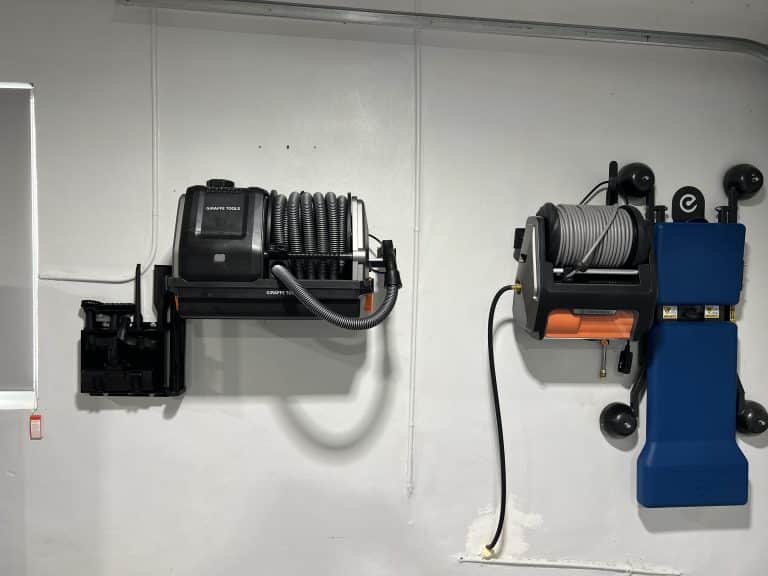The logistics industry is dynamic and prone to changes and updates. Companies need to keep up with new technologies to optimize the supply chain.
Cross docking is a smart strategy to streamline operations, but it comes with its own benefits and drawbacks. This article explains the logistics strategy in detail so you can decide if it’s the right fit for your business needs.
The Basics of Cross-Docking
Cross docking is a logistics strategy that simplifies the whole process. Instead of storing the goods in a warehouse, they unloaded from the inbound truck, sorted, and loaded into the outbound transportation. This process eliminates the need for extended warehousing, as the incoming products are immediately transferred to the trucks.
The cross-docking method requires teamwork between the transport teams and warehouse staff and real-time inventory insights. To streamline the operations, consider partnering with the established warehouses.
Cross-docking rates are ideal for time-sensitive shipments, perishable products, and high-turnover items. The products don’t sit in the warehouse for an extended time, which speeds up the delivery time.
Cross Docking Process Explained
First, the products arrive at the cross-docking warehouse and are sorted based on the final destination. The goods are then grouped and loaded onto the outbound trucks, which are ready to leave. The trucks head out to deliver the products as soon as they are loaded.
To make cross-docking work, businesses must implement a robust warehouse management system. The system helps them keep track of inventory in real-time, ensuring close collaboration in the transport team.
The cross-docking warehouse is a central hub where the products come in and go without staying for too long. There is no need to store the inventory, so Cross Dock Warehouses aren’t extensive facilities. They are made to minimize handling and speed up the flow of goods.
A typical warehouse is shaped like a long rectangle, having loading docks on each side. One is the inbound dock, and the second is the outbound dock, where the product gets loaded up to be delivered to its final destination.
The layout is designed to help the products move smoothly and quickly, speeding up the delivery process.
There is a clear difference between cross-docking and warehousing. In warehousing, the products are sorted and stored in a large facility until needed. On the other hand, cross-docking eliminates the need to store products.
The process is well organized, so the goods get sorted into the truck immediately or with minimal warehousing. The staff uses different methods, such as conveyor systems, forklifts, gravity flow racks, or other methods that suit the product type.
Benefits of Cross-Docking
Cross docking streamlines the whole process, which results in reduced shipping time. Your customers will receive the product quickly, increasing customer satisfaction.
In addition, this method decreases shipping costs and takes less time in the warehouse. Outbound trucks are scheduled at the right time, which reduces empty miles. Eliminating the warehousing eliminates excess handling, which reduces the risk of damage.
Drawbacks of Cross-Docking
The drawbacks of cross-docking can impose challenges on companies. Firstly, this logistics strategy requires close collaboration between the transportation teams and the warehouse staff. Problems in communication can result in delays and errors in shipping.
Another challenge for companies is having real-time access to data. Any delays in receiving information about incoming shipments can disrupt the whole process. The process also requires enough staff to handle the loading and unloading. Also, cross-docking might not be the ideal fit for high-value products that require specific handling.










